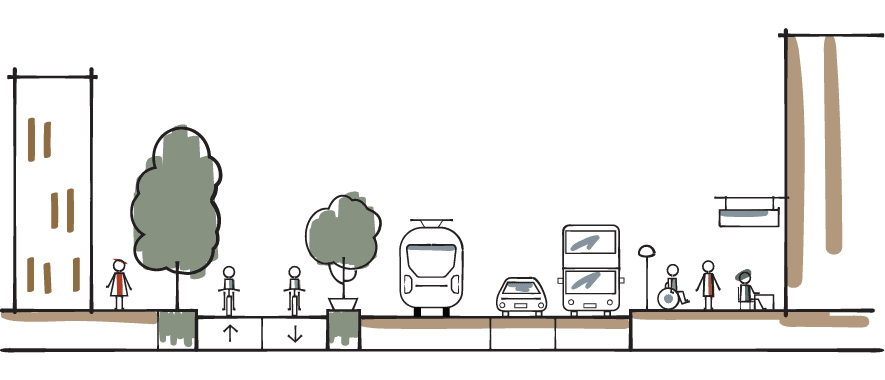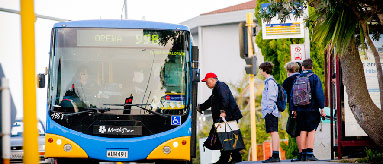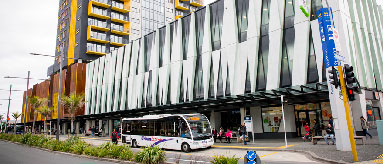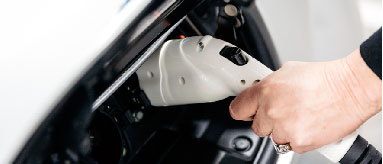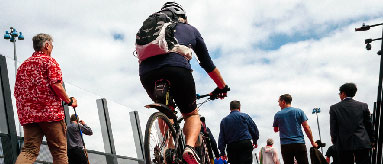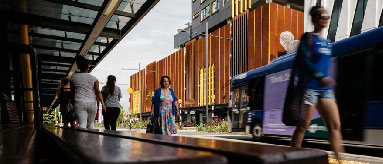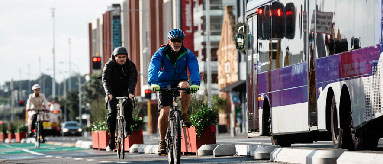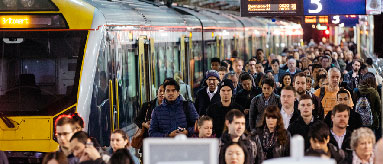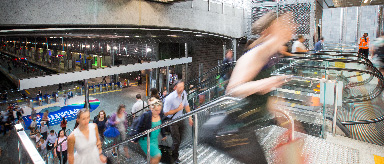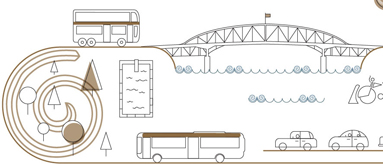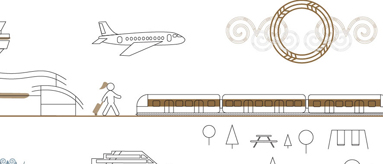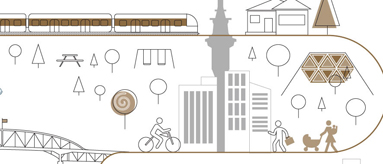Transport infrastructure and services are important for enabling and supporting residential and commercial growth in new and existing urban areas. The location of growth also affects how well the transport system performs. Because transport and land use are so strongly connected, all decisions need to consider their impact on the other.
Inefficient land use patterns lead to longer travel times, increased car dependency and more transport emissions. To address these issues, we need to encourage housing and employment growth to occur in areas that allow the use of better travel options.
Encouraging growth to be concentrated in areas with better travel choices will result in more use of public transport, walking and cycling. This will ease some of the pressure growth places on our transport system and contribute to reducing transport emissions.
Integrating land use and transport is particularly important for rapid transit. The speed and reliability of rapid transit improves the accessibility of an area, making it more attractive for redevelopment.
Unlocking growth around rapid transit corridors and stations is essential to address Auckland’s housing and transport challenges. It will also maximise the benefits from the large investment required to build and operate rapid transit.

